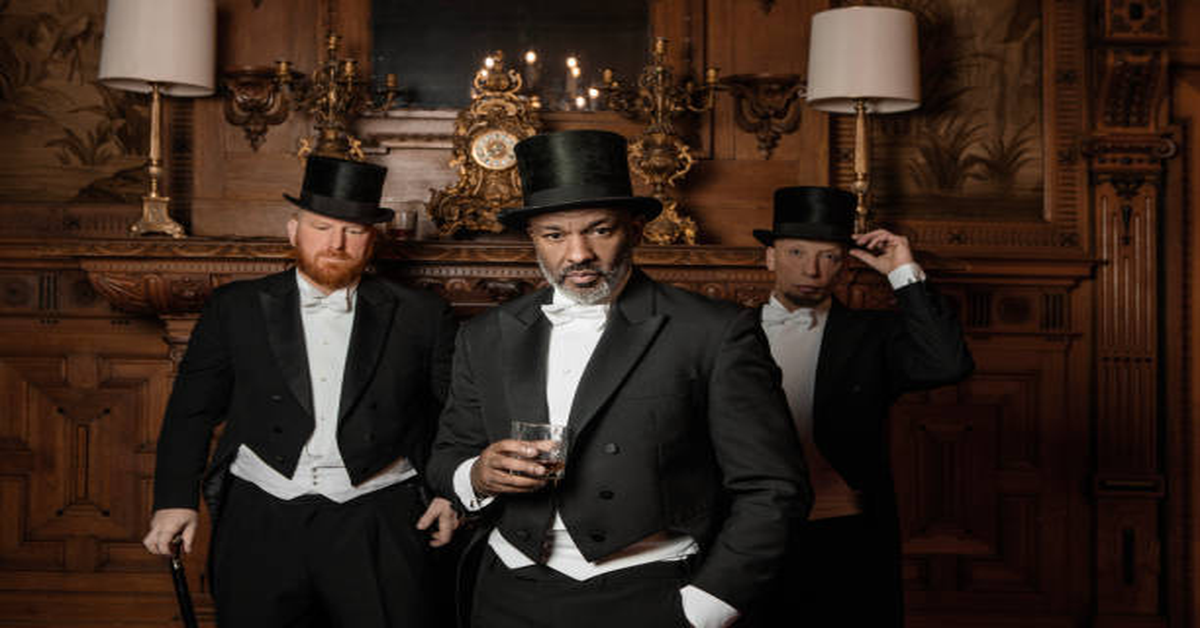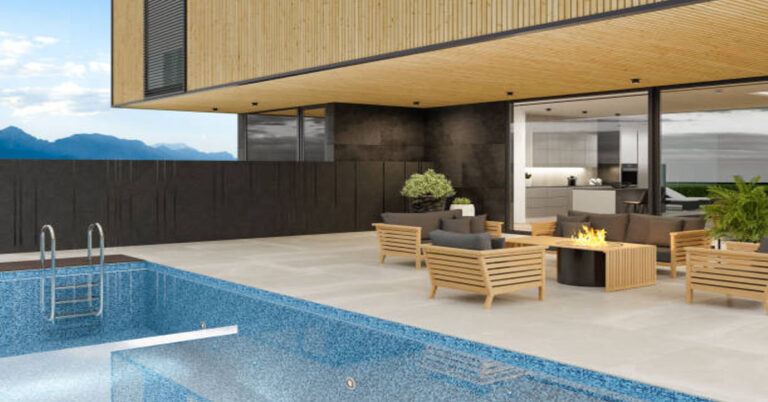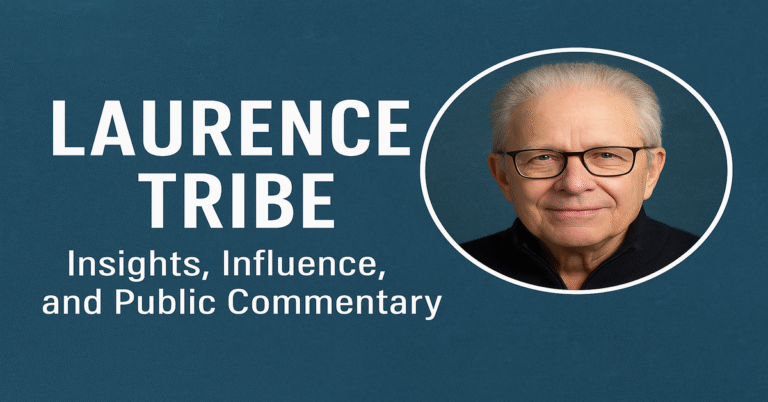
Fashion is more than clothing — it is a language that speaks without words. Among the many fashion accessories that have stood the test of time, dandy hats occupy a particularly elegant and expressive place. Known for their sophisticated aesthetic, historical depth, and cultural symbolism, these hats represent more than a style trend — they are an identity marker, a statement of confidence, class, and personality.
The term “dandy” historically referred to a person, often a gentleman, who cultivated refined and extravagant fashion. Over time, dandy hats became synonymous with the image of individuals who dressed sharply, valued elegance, and used fashion as a form of art. Today, dandy hats have evolved beyond gender, class, or regional boundaries, becoming a global fashion statement embraced by enthusiasts, designers, collectors, and cultural communities alike.
This article explores dandy hats in depth — tracing their historical origins, design evolution, materials, cultural significance, modern adaptations, and future trends — while offering structured insights and tables for a clear, rich understanding of this timeless accessory.
1. Historical Origins of Dandy Hats
To understand the significance of dandy hats, one must begin in the 18th and 19th centuries, when dandies were cultural icons in European fashion. The term “dandy” emerged in England around the late 1700s to describe fashionable gentlemen who paid extraordinary attention to their attire and personal grooming.
During this period, hats were not merely practical head coverings — they were powerful symbols of social class and refinement. Aristocrats and upper-middle-class men often wore hats as part of their everyday attire. The style, shape, and quality of a hat indicated one’s position in society. Dandies, inspired by elegance and theater, elevated hat wearing into a fine art.
The classic dandy look often included tailored coats, polished shoes, elaborate cravats, and hats such as top hats, bowler hats, and wide-brimmed felt designs. These hats distinguished them from the working classes and became a visual shorthand for sophistication.
| Era | Popular Hat Types | Social Role |
|---|---|---|
| Late 1700s | Tricorn hats, early top hats | Aristocratic identity |
| Early 1800s | Tall silk top hats | Dandy fashion peak |
| Late 1800s | Bowler hats, homburgs | Urban sophistication |
| Early 1900s | Fedoras, flat caps | Democratization of style |
The evolution of dandy hats mirrored broader social changes. As industrialization progressed and cities expanded, fashion trends shifted from exclusive elite circles to broader segments of society.
2. The Philosophy Behind Dandy Fashion
At its heart, dandyism was a philosophy of elegance. It was not about wealth but how one presented oneself to the world. Dandies sought control over their image, often standing out through immaculate dressing and composed behavior.
Hats were a central element of this presentation. Unlike many accessories, a hat sits atop the head — instantly visible and able to set the tone for an entire outfit. A well-chosen dandy hat could convey:
- Confidence and poise
- Intellectual or artistic leanings
- Social refinement
- An eye for craftsmanship
Dandies viewed hats as extensions of personality, not mere accessories. The philosophy behind their fashion continues to influence modern hat enthusiasts, stylists, and designers who value detail and self-expression.
3. Common Styles of Dandy Hats
Dandy hats have appeared in numerous styles throughout history, each carrying its unique silhouette and cultural reference. While some originated in formalwear, others came from military, aristocratic, or leisure traditions before being adopted by dandies.
| Hat Style | Key Features | Historical Use | Modern Adaptation |
|---|---|---|---|
| Top Hat | Tall, cylindrical, flat crown | Elite gentlemen, formal wear | Weddings, vintage fashion |
| Bowler Hat | Rounded crown, short brim | Middle-class urban men | Retro fashion, theater |
| Fedora | Creased crown, flexible brim | Artists, intellectuals | Everyday casual elegance |
| Homburg | Stiff brim, formal | Political figures | Formal events, business |
| Boater | Flat top, straw material | Leisure wear | Summer fashion |
| Trilby | Narrow brim, short crown | Youth subcultures | Urban street fashion |
Each of these styles contributes to the dandy aesthetic in different ways. For instance, a top hat emphasizes height and formality, while a fedora introduces a touch of approachable elegance.
4. Materials and Craftsmanship
A defining feature of a true dandy hat is its craftsmanship. Historically, these hats were handcrafted by skilled milliners and hatters who understood balance, proportion, and material quality.
Common Materials Used:
- Wool felt – warm, structured, and traditional.
- Fur felt (beaver or rabbit) – luxurious, smooth finish.
- Straw – lightweight and breathable, ideal for summer wear.
- Silk – elegant material used in formal top hats.
- Leather bands and ribbons – decorative yet functional elements.
| Material | Advantages | Common Uses |
|---|---|---|
| Wool Felt | Durable, holds shape well | Everyday hats, bowler |
| Fur Felt | Luxurious, weather resistant | Fedora, homburg |
| Straw | Light, breathable | Boater, summer trilby |
| Silk | High shine, elegant | Top hats |
| Leather Trim | Decorative durability | Bands and accenting |
Modern hatmakers often blend traditional materials with modern techniques, ensuring that dandy hats maintain their classic appeal while offering enhanced comfort and durability.
5. Cultural Significance Across Societies
Though dandyism originated in Europe, its aesthetic quickly influenced global fashion. Dandy hats became symbols of elegance in cities such as Paris, London, and New York — but their reach extended far beyond.
- Europe: Symbol of aristocracy and urban modernity.
- North America: Adopted by businessmen, entertainers, and jazz culture in the early 20th century.
- Africa and the Caribbean: Dandy culture merged with local traditions, creating vibrant subcultural styles.
- Asia: Integrated into modern street fashion with localized twists.
In some communities, wearing a hat isn’t just a fashion statement — it’s tied to rituals, identity, or heritage. For example, certain Afro-Caribbean and Congolese subcultures have embraced dandy fashion as a form of cultural pride and resistance, often characterized by flamboyant hats and tailored suits.
6. Dandy Hats in the Arts and Media
Throughout history, hats have been a cinematic and literary symbol of elegance, mystery, or authority. Characters wearing stylish hats often command presence.
- In classic cinema, fedoras became synonymous with charm and intrigue.
- Top hats symbolized aristocracy in plays and period dramas.
- Musicians in jazz and swing eras wore dandy hats as part of their signature look.
- In literature, the “well-dressed gentleman” archetype almost always wore a hat.
Dandy hats thus transcend fashion — they also shape narratives and visual identities in storytelling.
7. The Modern Dandy Revival
In recent years, fashion has witnessed a revival of classic elegance. While casualwear dominates everyday wardrobes, there’s growing enthusiasm for retro and vintage aesthetics. Dandy hats have returned as statement pieces, worn at weddings, cultural festivals, art events, and even as everyday style.
What makes the modern dandy revival unique is its inclusivity. Unlike the past, when such hats were primarily worn by men of specific classes, today they are embraced by:
- All genders
- All social backgrounds
- Artists, professionals, students, and hobbyists alike
Contemporary designers mix old silhouettes with modern materials, resulting in fresh yet timeless hat designs.
8. Styling Tips: How to Wear a Dandy Hat Today
Wearing a dandy hat is not about copying history — it’s about expressing individuality through elegance. A few thoughtful styling choices can elevate the entire look.
| Hat Style | Best Outfit Match | Occasion |
|---|---|---|
| Top Hat | Tailored suit, vest | Formal events, weddings |
| Fedora | Trench coat, semi-formal wear | Smart casual, business |
| Trilby | Slim jeans, blazer | Urban outings, concerts |
| Boater | Light summer dress or linen | Garden parties, seaside |
| Bowler | Vintage suits or modern twists | Themed events, exhibitions |
Styling Principles:
- Balance the hat with your outfit proportions.
- Avoid over-accessorizing — the hat should be the highlight.
- Choose colors that either contrast elegantly or complement your wardrobe.
- Confidence is the most important accessory.
9. Dandy Hats in Different Seasons
Dandy hats are remarkably versatile. Depending on the material, they can be worn year-round:
| Season | Ideal Materials | Suggested Styles |
|---|---|---|
| Spring | Light felt, straw | Boater, fedora |
| Summer | Straw, linen blends | Trilby, boater |
| Autumn | Wool felt, light fur felt | Fedora, homburg |
| Winter | Heavy felt, fur felt | Bowler, top hat |
Seasonal hat choices ensure comfort while maintaining a polished aesthetic.
10. Sustainability and Ethical Hatmaking
Modern consumers are increasingly aware of ethical fashion. Traditional hatmaking sometimes relied on unsustainable practices, particularly the use of animal fur. Today, many responsible hatmakers have embraced eco-friendly alternatives, including:
- Plant-based felts
- Recycled fibers
- Sustainable straw and organic materials
- Cruelty-free fur substitutes
Additionally, artisanal hatmaking supports local craftsmanship, preserving traditional skills while providing fair wages. Buying a dandy hat today can be an ethical and sustainable fashion choice.
11. Dandy Hats as Collectibles
Beyond fashion, dandy hats are collectible items with historical and cultural value. Vintage top hats from the 1800s, original homburgs from the 1920s, or handcrafted boater hats from the mid-century are sought after by collectors worldwide.
| Collectible Type | Value Factors | Estimated Market Range |
|---|---|---|
| Antique Top Hat | Material, brand, condition | $300–$5,000+ |
| Vintage Fedora | Maker, style, rarity | $100–$2,000 |
| Boater Hat | Period accuracy | $80–$1,000 |
| Homburg | Authentic craftsmanship | $200–$2,500 |
Collectors often view these hats as wearable art — pieces of history preserved through fabric and design.
12. Dandy Hats in Cultural Subcultures
Dandyism has reemerged not only in fashion runways but also in subcultures around the world. In places like the Republic of Congo, the “Sapeur” movement celebrates personal elegance and sartorial expression, often featuring striking dandy hats as part of their attire.
Elsewhere, vintage enthusiasts, steampunk communities, and fashion-forward youth groups use dandy hats to redefine personal identity. The hat becomes a bridge between old-world charm and modern self-expression.
13. Manufacturing Process of a Quality Dandy Hat
The production of a high-quality dandy hat involves multiple precise steps, often carried out by artisans rather than machines.
- Material Selection – Choosing felt, straw, or silk depending on the design.
- Blocking – Shaping the hat around wooden or metal blocks to achieve the perfect crown form.
- Steaming and Pressing – Hardening the structure and refining contours.
- Trimming – Adding inner linings, bands, or ribbons for comfort and style.
- Finishing Touches – Polishing, hand-stitching details, quality control.
| Step | Purpose | Result |
|---|---|---|
| Blocking | Establish hat shape | Structural integrity |
| Pressing | Reinforce material | Durability |
| Trimming | Aesthetic finishing | Elegant look |
| Lining | Comfort | Wearability |
| Polishing | Final refinement | Premium appearance |
This hands-on process gives each hat a unique character, making dandy hats more than mass-produced accessories.
14. Dandy Hats and Gender Fluid Fashion
While historically associated with men, modern dandy hats are gender-inclusive. Fashion no longer abides by rigid definitions, and hats have become powerful tools of personal expression for everyone.
Women, non-binary individuals, and men alike wear dandy hats to express strength, elegance, or playful eccentricity. Designers have embraced fluid designs that work with a wide variety of face shapes, hairstyles, and fashion preferences.
This inclusivity is one of the biggest reasons behind the resurgence of dandy hats in contemporary fashion.
15. Pairing Accessories with Dandy Hats
A dandy hat is often the centerpiece of an outfit, but the right supporting accessories can enhance its impact.
| Accessory | Why It Works | Ideal Pairing |
|---|---|---|
| Pocket Squares | Add elegance | Top hats, bowler hats |
| Sunglasses | Modern twist | Fedoras, trilbies |
| Scarves | Seasonal layering | Homburgs, winter hats |
| Gloves | Classic sophistication | Formal hats |
| Statement jewelry | Personal flair | Boaters, casual dandy looks |
The key to pairing accessories is balance. Over-accessorizing can make the look cluttered, while carefully chosen accents can make it unforgettable.
16. Dandy Hats and Event Fashion
Dandy hats shine in special occasions and events:
- Weddings – top hats and fedoras bring elegance to grooms and guests.
- Garden parties – boater hats or trilbies add charm to casual outdoor gatherings.
- Vintage fairs – perfect for those who celebrate retro aesthetics.
- Fashion shows – dandy hats often headline runway collections.
- Cultural festivals – used as both fashion and cultural identity.
Wearing a hat to an event signals confidence, individuality, and respect for tradition.
17. Future of Dandy Hat Design
As technology advances, hatmaking is also evolving. Designers are experimenting with:
- 3D printing for lightweight structures
- Smart textiles that resist water or adjust to temperature
- Sustainable synthetic materials
- Custom 3D scanning to ensure perfect fit
The future of dandy hats lies in fusing tradition with innovation, ensuring these timeless accessories remain relevant for new generations.
18. Why Dandy Hats Endure
While fashion trends rise and fade, dandy hats remain because they embody timeless principles:
- A respect for craftsmanship.
- A love for elegance.
- A tool for personal storytelling.
- A symbol of individuality.
Whether worn with a formal suit or styled casually with modern attire, a dandy hat commands attention — not through loudness but through quiet confidence.
FAQs
1. What makes a hat a “dandy hat”?
A dandy hat typically features elegant design, refined craftsmanship, and a classic silhouette that reflects personal style and sophistication.
2. Are dandy hats only for men?
No. While historically linked to men’s fashion, modern dandy hats are gender-inclusive and worn by people of all genders.
3. What is the best material for a dandy hat?
Felt (wool or fur) is traditional, but straw, silk, and eco-friendly alternatives are also widely used, depending on the season and style.
4. Can I wear a dandy hat casually?
Yes. Many styles like trilbies and fedoras can be worn daily. Pairing them with smart-casual outfits creates a polished look.
5. Are dandy hats still fashionable today?
Absolutely. Dandy hats have experienced a modern revival, blending vintage elegance with contemporary fashion trends and inclusivity.







